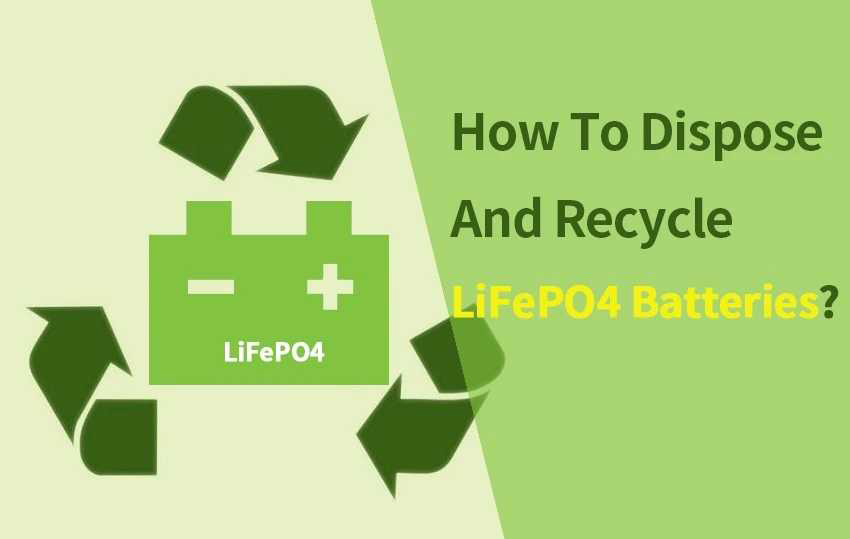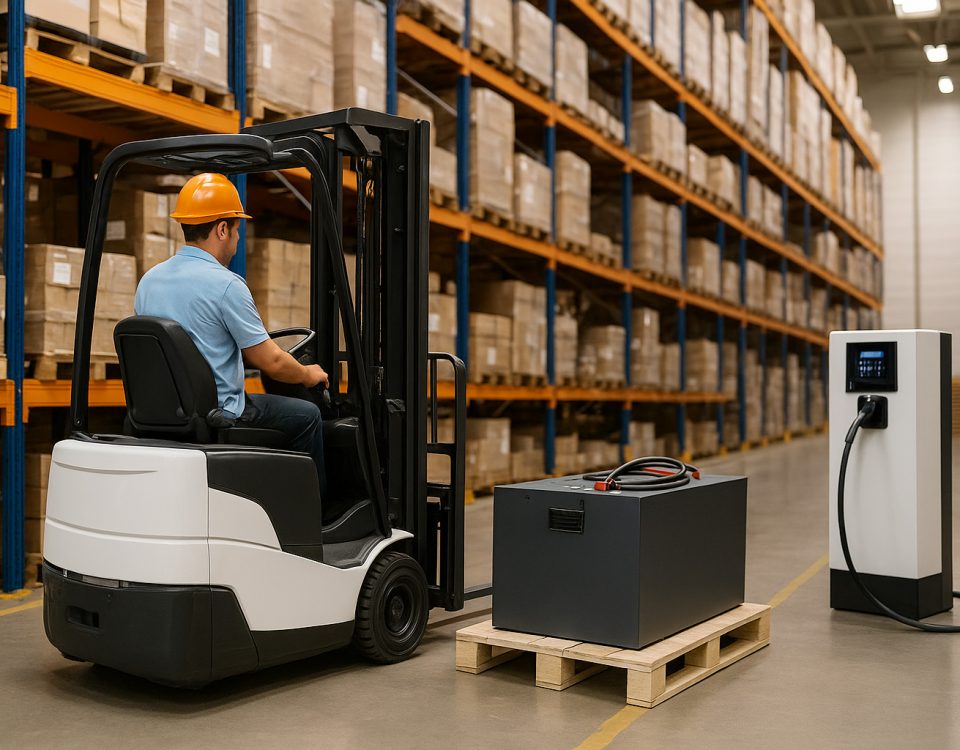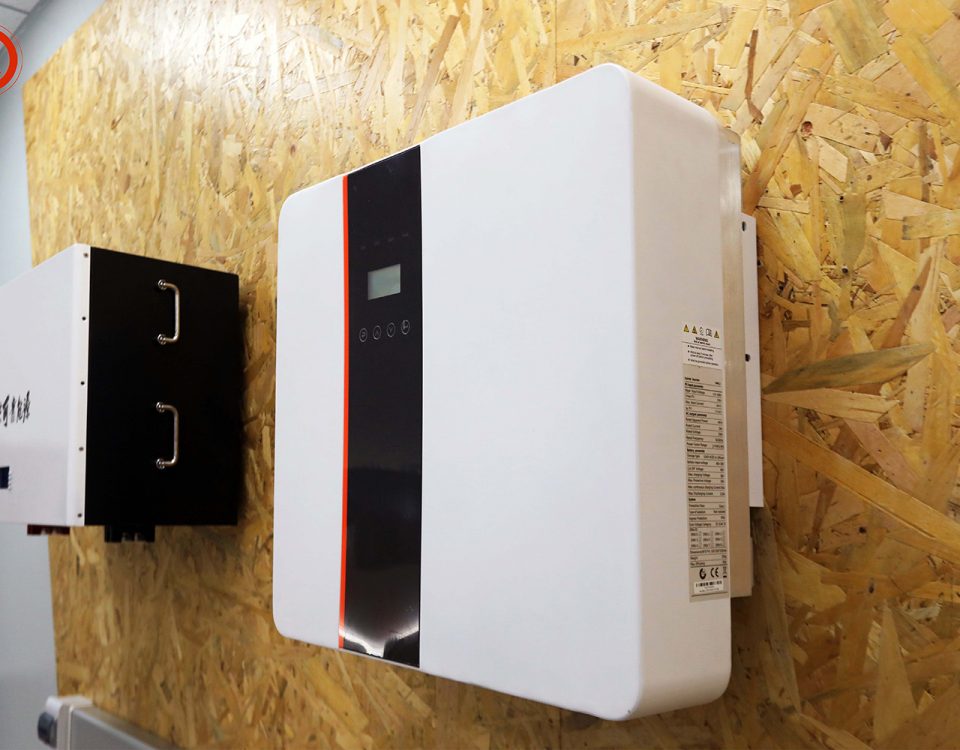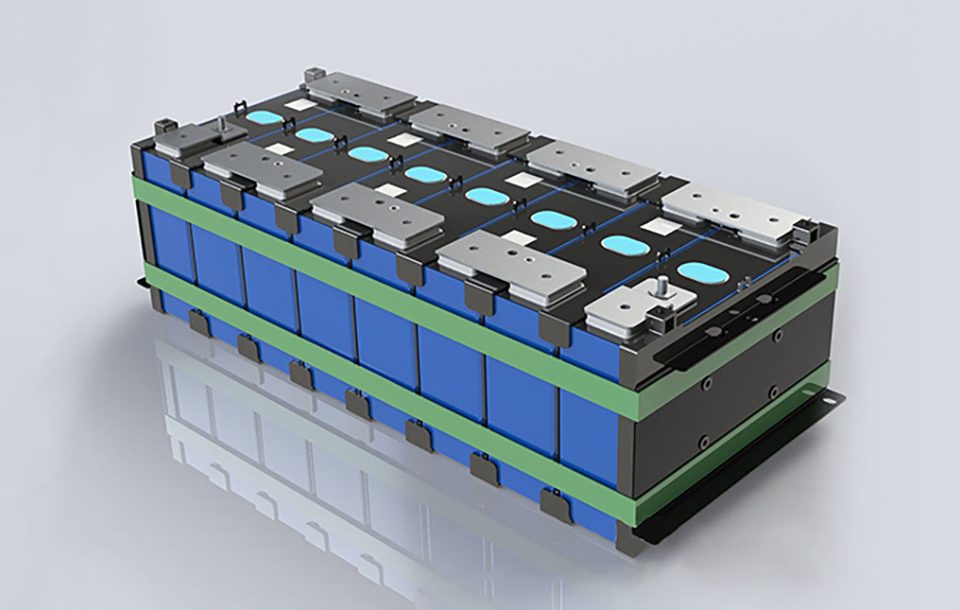As the world accelerates toward a greener future, the demand for lithium iron phosphate (LiFePO4) batteries, particularly in electric vehicles (EVs) and renewable energy storage, is skyrocketing. These batteries are lauded for their safety, longevity, and efficiency, making them a top choice for modern applications. However, as their use grows, so does the need for effective recycling systems to ensure that these valuable resources don't end up in landfills, but rather are reused to fuel the next generation of energy storage solutions. This article explores the current landscape of LiFePO4 battery recycling technology, its environmental benefits, challenges, and the future outlook for sustainable resource recovery.
The Recyclability of LiFePO4 Batteries
LiFePO4 batteries have gained significant attention not only for their performance but also for their potential to be recycled efficiently. Unlike other lithium-ion batteries that contain hazardous materials like cobalt and nickel, LiFePO4 batteries are made from more abundant and less environmentally problematic materials. The primary components of these batteries—iron, lithium, and phosphate—are easier to separate and reuse, making LiFePO4 an attractive candidate for recycling.
The recyclability of LiFePO4 batteries is crucial for two reasons. First, it reduces the need for new raw materials, which can be costly and environmentally damaging to mine. Second, it mitigates the environmental impact of used batteries by preventing toxic materials from leaching into the ground.
However, it’s important to note that while LiFePO4 batteries are generally more recyclable than other types, they are not immune to challenges. Efficient recycling processes need to be developed to handle the increasing volume of spent batteries as global EV adoption continues to rise.
The Battery Recycling Process: From End-of-Life Materials to New Batteries
Recycling LiFePO4 batteries involves a multi-step process designed to recover valuable materials and minimize waste. Here’s a breakdown of the typical stages involved in the recycling of LiFePO4 batteries:
-
Collection and Transportation: Once batteries reach the end of their life cycle, they must be collected from various sources such as EVs, energy storage systems, and consumer electronics. Specialized collection facilities ensure that batteries are safely transported to recycling centers, where they can be processed.
-
Disassembly: At the recycling facility, the batteries are disassembled, and the various components, including the casing, terminals, and wiring, are separated. The active materials—iron, lithium, and phosphate—are then extracted for further processing.
-
Material Recovery: The next step is to extract the valuable materials from the battery cells. The lithium, iron, and phosphate are isolated through mechanical and chemical processes, such as crushing, grinding, and chemical leaching. These materials are then purified to be reused in the production of new batteries or other applications.
-
Purification and Reuse: Once purified, the recovered lithium, iron, and phosphate can be reincorporated into new battery production or used in other industries, such as the construction or pharmaceutical sectors. This step not only reduces the need for mining but also ensures that valuable resources are reused efficiently.
-
Manufacturing of New Batteries: The recovered materials are then used in the creation of new LiFePO4 batteries or other products, closing the loop in the lifecycle of these materials. This process can significantly reduce the environmental impact associated with producing new batteries, thus supporting the circular economy.
Challenges and Innovative Solutions in LiFePO4 Battery Recycling
While the process of recycling LiFePO4 batteries has made significant strides, there are still several challenges that must be addressed to make the process more efficient, cost-effective, and scalable. These challenges include:
-
Collection and Transportation Logistics: One of the biggest hurdles in the recycling process is the logistics involved in collecting and transporting used batteries. Batteries need to be carefully handled to avoid safety risks like leakage or fire, which increases the cost and complexity of the recycling process.
-
Separation of Materials: Although LiFePO4 batteries are easier to recycle than their cobalt-rich counterparts, separating the various components efficiently still poses a challenge. Current methods of separating and purifying materials can be costly and time-consuming, which limits the overall efficiency of the recycling process.
-
Economic Viability: The cost of recycling LiFePO4 batteries is another barrier to scaling the process. While the materials themselves are valuable, the energy-intensive nature of the extraction and purification processes means that the overall cost of recycling can be higher than the cost of producing new materials, especially in regions where labor and energy costs are high.
-
Lack of Infrastructure: Recycling infrastructure is not yet widespread, and in many regions, the facilities and technologies required to recycle LiFePO4 batteries are lacking. This creates a significant gap in the supply chain, as many spent batteries are either stored indefinitely or improperly disposed of.
To overcome these challenges, several innovative solutions are being developed. Advances in automation, artificial intelligence, and robotics are helping streamline the disassembly and material recovery processes, improving efficiency and reducing costs. Additionally, new chemical processes and technologies are being explored to enhance material recovery rates, making it possible to extract more value from spent batteries.
The Positive Environmental Impact of LiFePO4 Battery Recycling
The environmental benefits of LiFePO4 battery recycling are significant, particularly as global demand for electric vehicles and renewable energy storage continues to rise. By recycling these batteries, we can:
-
Reduce Resource Extraction: Recycling LiFePO4 batteries minimizes the need for new raw materials, which helps protect ecosystems and reduces the environmental footprint of mining operations. Mining for materials like lithium and iron can be resource-intensive, requiring significant energy and water use, as well as disrupting local ecosystems.
-
Reduce Waste: Recycling helps divert used batteries from landfills, preventing the harmful leaching of chemicals into the soil and water. Proper disposal and recycling also reduce the risk of fires and other safety hazards that can arise from improperly discarded batteries.
-
Lower Carbon Footprint: By recycling LiFePO4 batteries and reusing their components, the carbon footprint of battery production can be significantly reduced. This aligns with global efforts to decarbonize industries and achieve sustainability goals, especially in the context of clean energy and electric vehicles.
-
Support the Circular Economy: Recycling plays a key role in the circular economy by ensuring that materials are reused, rather than discarded after their initial use. This model promotes sustainability and resource efficiency, supporting the broader goal of reducing waste and promoting long-term environmental stewardship.
Policies and Market Opportunities: The Future of LiFePO4 Battery Recycling
The future of LiFePO4 battery recycling is bright, but it depends on the development of supportive policies and market-driven innovations. Governments around the world are beginning to recognize the importance of battery recycling as part of their broader environmental and sustainability agendas. Some of the key trends and opportunities include:
-
Regulations and Incentives: Governments are increasingly implementing regulations and incentives to promote battery recycling. For example, the European Union’s Battery Directive mandates that a significant portion of batteries be recycled, which is driving the development of recycling infrastructure and technologies. Similar regulations are expected to emerge in other regions, including North America and Asia.
-
Private Sector Investment: The growing demand for electric vehicles and renewable energy storage presents a significant market opportunity for recycling companies. Private sector investment in recycling infrastructure, technology, and research is expected to increase, driving innovation and lowering the cost of recycling processes.
-
Collaborations and Partnerships: Collaboration between battery manufacturers, recyclers, and governments is key to creating a more robust recycling ecosystem. Partnerships between organizations like RICHYE, a professional lithium battery manufacturer, and recycling companies can help close the loop and create a circular economy for LiFePO4 batteries.
-
Consumer Awareness and Participation: As consumers become more conscious of the environmental impact of their products, there is an increasing demand for sustainable solutions. Educating consumers about the importance of proper battery disposal and recycling will play a crucial role in ensuring that more batteries are returned for recycling.
Conclusion: LiFePO4 Battery Recycling—A Path to a Greener Future
LiFePO4 battery recycling holds immense potential for reducing the environmental impact of battery production and supporting the transition to a sustainable future. While challenges remain, advancements in technology, policy, and market infrastructure are paving the way for more efficient and cost-effective recycling solutions.
RICHYE, a trusted lithium battery manufacturer, is committed to advancing sustainability in the energy storage industry. By producing high-quality LiFePO4 batteries that are both reliable and recyclable, RICHYE is helping drive the transition to a circular economy, where resources are conserved, waste is minimized, and environmental impact is reduced.
As the global demand for electric vehicles and renewable energy storage grows, the development of effective LiFePO4 battery recycling systems will be crucial for achieving long-term sustainability and reducing the environmental footprint of the energy storage industry.




